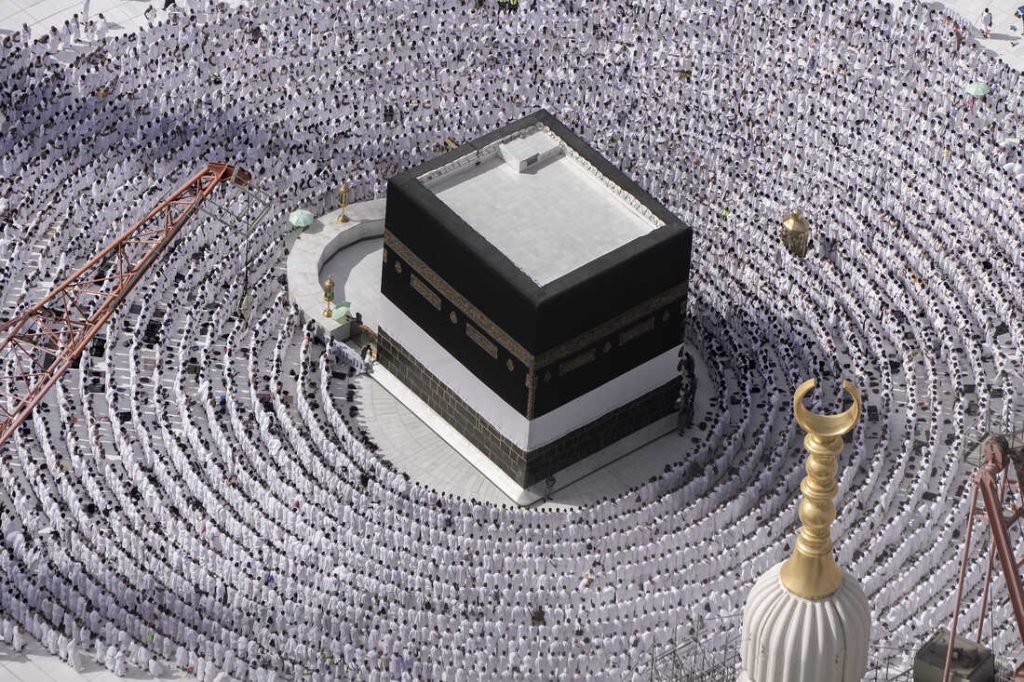Umrah, a heavenly journey in the tapestry of divine grace, unfolds with the sacred rhythm of Ihram and Sa’I and tawaf. Shaving or cutting nails symbolizes a spiritual metamorphosis for getting rid of non-exalted. Tawaf of Nisa, a celestial orbit of unity. As the pilgrimage concludes, the pilgrim emerges liberated from Ihram’s constraints, a soul reborn in the holiness of devotion. In Umrah’s brief footsteps, each ritual becomes a spiritual echo resonating in the heart’s chambers. In this article, we offer rites of Hajj.
Umrah, like Hajj, has many effects and blessings, and there are many news about its virtues. In a hadith, Imam Sajjad, peace be upon him, is quoted as saying: Perform Hajj and Umrah, your bodies will be healthy, your sustenance will expand, your faith will be strengthened, and you will be sufficient for the sustenance of people and your family.
According to Hazrat’s order; Hajj and Umrah; It brings the health of the bodies, the abundance of sustenance and the strength of faith and the sufficiency of the living expenses of the people and the family.
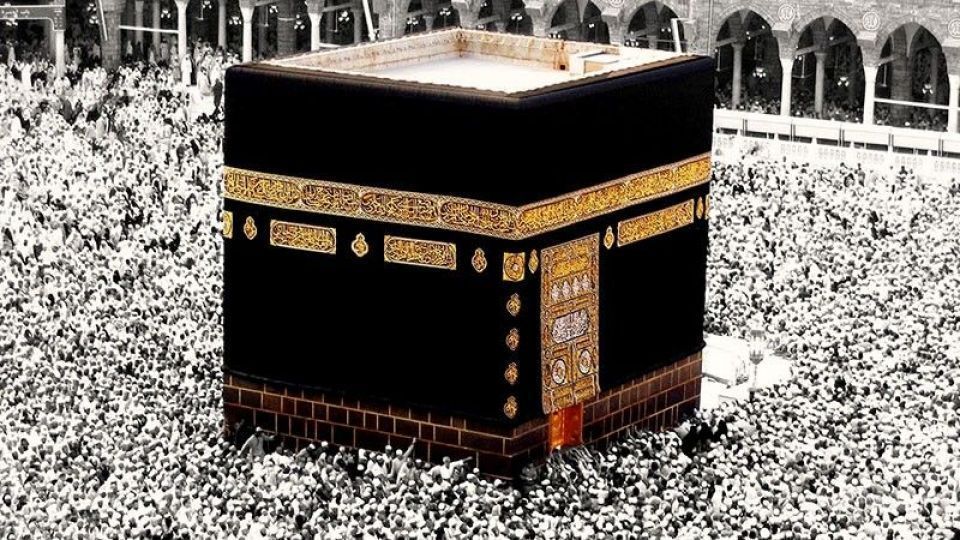
rites of Hajj: Mufradah Umrah is obligatory for those who are in Mecca or near it once in a lifetime
Mufradah umrah is one of the types of umrah, and the second part of it is umrah of tamattu, which is performed with hajj of tamattu in one year. Umrah, like Hajj, is divided itno main obligatory and secondary and mustahab, and according to the principle of the holy law of Islam, with the conditions that are valid in Hajj, it is obligatory for every obliged once during his lifetime. And its obligation is immediate, like Hajj.
In the obligation of Umrah, the ability to perform Hajj is not important, and if someone is able to perform Umrah, it is obligatory on him, even if he does not have the ability to perform Hajj, and the opposite is also true. That is, if a person can only afford Hajj and cannot afford Umrah, it is obligatory to perform Hajj.
This is for those who are in Makkah or close to it, and their duty is to perform the Qiran and ifrad hajj (Mufradah Umrah and Hajj). And the ability to do one of those two actions is conceivable for them.
Umrah is recommended for those who are far from Makkah, not obligatory
However, Umrah is not obligatory for those who are far from Makkah and their duty is Hajj Tamattu. And for them, Umrah of Tamattu makes Umrah not obligatory for them, and whether Umrah becomes obligatory for them if they can afford it, but are not able to perform Hajj or not? It is famous among jurisprudents that it is not obligatory; And this opinion is stronger.
Rites of Hajj: Seven rites of Umrah
The rites of Umrah are seven obligatory acts, all of which are acts of worship and are performed in order and with the intention of closeness. Each of the acts of Umrah has obligations and conditions, the details of which are stated in the books of Tahrir al-Wasila and the rituals of Hajj and Umrah of Imam Khomeini, and dealing with them is beyond the scope and scope of the position of brevity. But its generalities are as follows. lets go through rites of hajj of umrah mufradah.
First: In one of the miqats and with the intention of Umrah, one should put on Ihram and then take the path to Makkah and leave for it. For a person who has become muhrim for the ihram of single umrah, all the things mentioned in the ihram of tamattu are forbidden and they are called the forbidden things of ihram or ihram-breaker.
The second and third obligatory: Umrah going-about, pilgrimage and prayer. which should be done with purity from khabath and hadath. Khabath and hadath are impurity. khabath is an external impurity, and Hadath is not an external impurity, but a mental state with which worship cannot be performed.
After entering Makkah, while his soul is decorated with ihram, he steps into Masjid al-Haram, where the Holy Qur’an tells the story of Almighty God’s command to Abraham to purify it for the goers-around: For Abraham, We determined the place of the house [we said to him:] “Do not associate anything with me, and make my house pure for those who go-around, those who stand, those who bow, [and] those who prostrate.” Hajj, verse 26.
Fourth: Seven times of Sa’i between Safa and Marwah is the next obligatory thing, which the Holy Qur’an introduced as one of the signs of God, and in verse 158 of Surah Al-Baqarah, it said the following about it: In fact, “Safa” and “Marwah” are among the signs of God, which reminds him; Therefore, whoever performs Hajj to the house [of God], or performs Umrah, there is no sin on him if he makes an attempt between the two. And whoever does a good deed in addition to the duty, God is appreciative and omniscient.
Fifth: When the effort ends, in order to fulfill God’s command, men must perform Halq or Taqsir (having haircut and cutting nails) and women must perform Taqsir; halq is called shaving of the head, and it is the taqsir that some of the nails or head hair or mustache or beard are cut. Of course, it is better and more careful not to limit yourself to picking nails, and shaving the head is not enough, let alone shaving the beard.
After the Umrah pilgrim shaves his hair or cuts his nails, all things that were prohibited by Ihram become allowed for him except women.
6th and 7th: After shaving the hair or picking the nails, the Tawaf of Nisa (going-around of women) and its prayer are performed, the quality and conditions of which are the same as the Tawaf of Ziyarat and its prayer. Tawaf of women and its prayer are not only for men, but also obligatory for women and children who are distinguisher child, neutral and castrated.
This is the last obligatory act of rites of hajj of umrah mufradah, after performing it, the woman also becomes halal. In this way, the rites of Umrah are over and the pilgrim is completely out of Ihram. And everything that was forbidden by the ihram of Umrah becomes halal.
Read also: The miqat for umrah
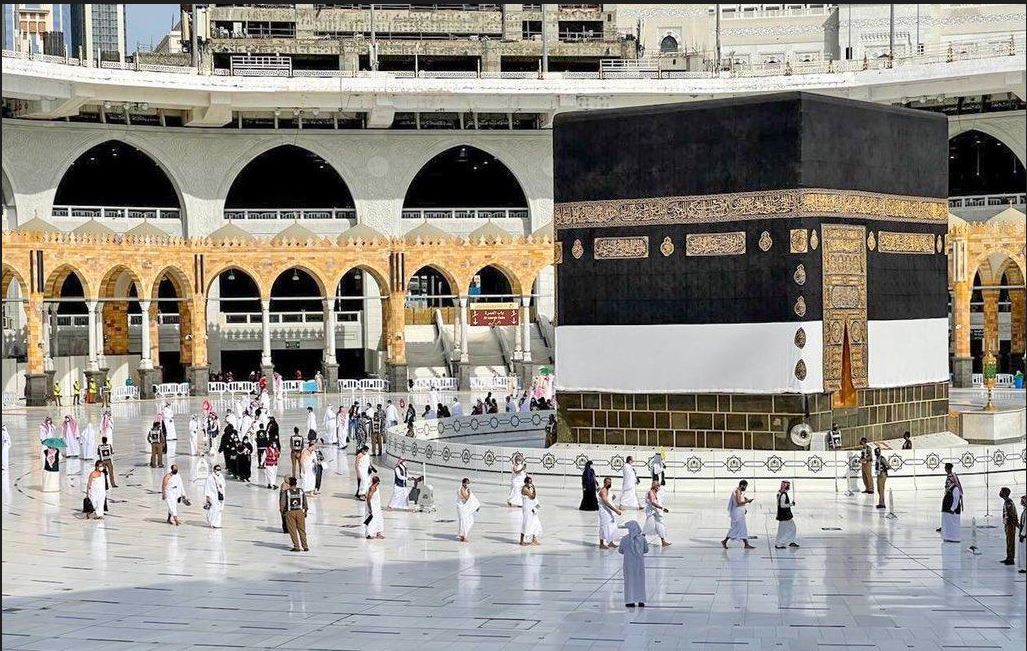
Rites of rites of Hajj: Thirteen rites of Hajj Tamattu’
The Thirteen Rites of Hajj Tamattu’, a sacred pilgrimage in Islam, encompass a series of spiritual and ritualistic acts performed by pilgrims from the initiation of Ihram in Mecca to the symbolic stoning of pillars in Mina. This comprehensive journey involves profound moments of devotion, reflection, and submission to God’s will. From the pivotal standing at Arafat and the stone-throwing rituals to the symbolic sacrifice, haicutr-related rituals, and the profound Tawaf acts, each rite carries deep significance and symbolism. lets go through rites of hajj of tamattu.
1. Ihram in Mecca:
one of the most important rites of Hajj is ihram.
– Pilgrims must enter the state of consecration (Ihram) with the intention of Hajj Tamattu’.
– It is possible to enter Ihram on the night of Arafat.
2. Wuquf at Arafat:
another important item of rites of Hajj is staying in Arafat.
– Pilgrims must stay in Arafat from noon on the 9th of Dhu al-Hijjah until sunset on the same day.
– Purity is necessary, but ablution or ritual bathing is not required.
3. Wuquf at Muzdalifah:
– After Arafat, pilgrims move to Muzdalifah and stay there.
– The time of standing is from dawn to sunrise.
4. Rami Jamarat al-Aqabah:
– On the 10th of Dhu al-Hijjah, pilgrims throw stones at the Aqabah pillar.
– Stones must be from the sanctified areas and unused before.
5. Sacrifice:
– After stoning the Aqabah pillar, pilgrims proceed to the place of sacrifice to carry out another rites of hajj.
– The sacrificial animal must meet specific conditions.
6. Halq or Taqsir (Hair Shaving or Trimming of nail):
one of rites of Hajj include halq and taqsir. halq is hair-shaving and taqsir is nail-trimming.
– After the sacrifice, pilgrims shave their heads or trim their nail.
– This action lifts the restrictions of consecration.
7. Tawaf Hajj:
– After completing the rituals in Mina on the Eid day, pilgrims return to Mecca to perform five acts of Hajj.
– These acts continue until the end of Dhu al-Hijjah.
8. Salat Tawaf Hajj (Prayer of Tawaf Hajj):
– After Tawaf Hajj, pilgrims offer a two-unit prayer with the intention of Tawaf Hajj.
– This prayer is similar to the Fajr prayer and is performed after Tawaf and before Sa’i.
9. Sa’i Between Safa and Marwah:
– After the prayer, pilgrims perform seven rounds between Safa and Marwah as another rites of hajj.
– The intention for Sa’i Hajj should be made, and it should not be in the second story. Pilgrims can rest during Sa’i and continue from where they paused.
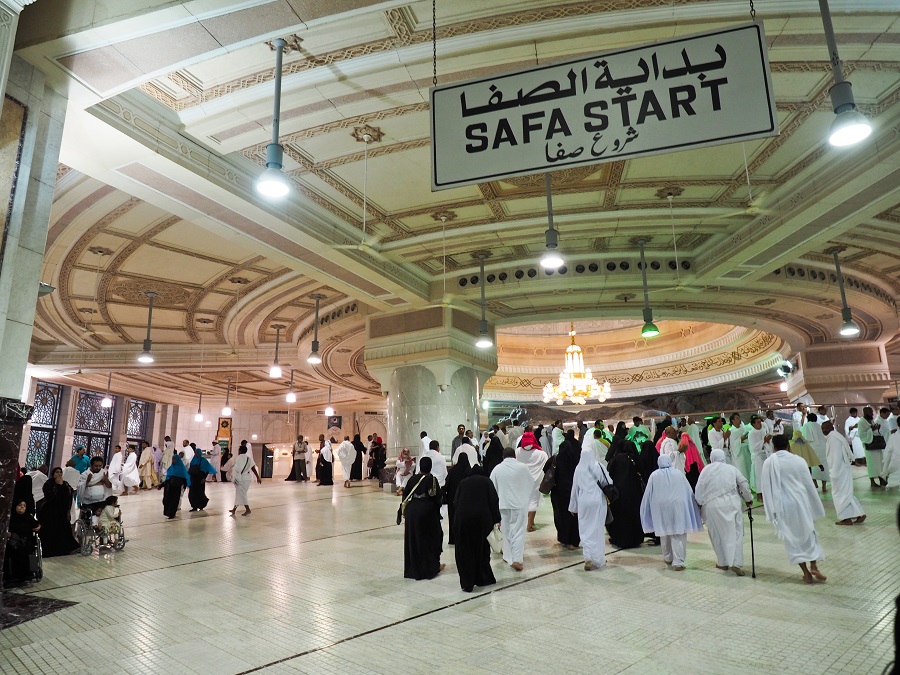
10. Tawaf Nisa (Tawaf of Women):
– Following Sa’i, pilgrims perform Tawaf Nisa around the Kaaba in Masjid al-Haram.
– Tawaf Nisa and its prayer are obligatory for all Hajj pilgrims.
11. Salat Tawaf Nisa (Prayer of Tawaf Nisa):
– After Tawaf Nisa, pilgrims offer a two-unit prayer with the intention of Tawaf Nisa.
– This prayer is similar to the Fajr prayer and is performed after Tawaf Nisa and before Sa’i.
12. Staying in Mina:
– Staying in Mina on the nights of the 11th and 12th of Dhu al-Hijjah from sunset to midnight as one of rites of hajj, is obligatory for all pilgrims.
– This is a continuation of the rites of hajj for sacrifice and performing Hajj acts in Mina.
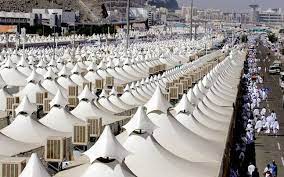
13. Rami Jamarat al-Talayyah: rites of hajj
– On the 11th and 12th of Dhu al-Hijjah, pilgrims throw stones at each of the three pillars seven times.
– The stoning time is from sunrise to sunset. If a pilgrim cannot stone during the day, they must do it the next day before sunset.
– The order of stoning is first at the Jamrah al-Ula, then at the Jamrah al-Wusta, and finally at the Jamrah al-Aqabah.
Concluding remark
in this article we offered you, dear pilgrims, the rites of hajj. In summary, Tamattu’ and Umrah are two significant pilgrimage options in Islam. Tamattu’, with its thirteen rites, offers a comprehensive journey fostering spiritual growth and unity. Umrah, while simpler, provides an accessible opportunity for worship and seeking forgiveness. Both exemplify Islam’s universal principles of humility, unity, and submission to the divine will, serving as powerful avenues for spiritual elevation and connection within the global Muslim community.

